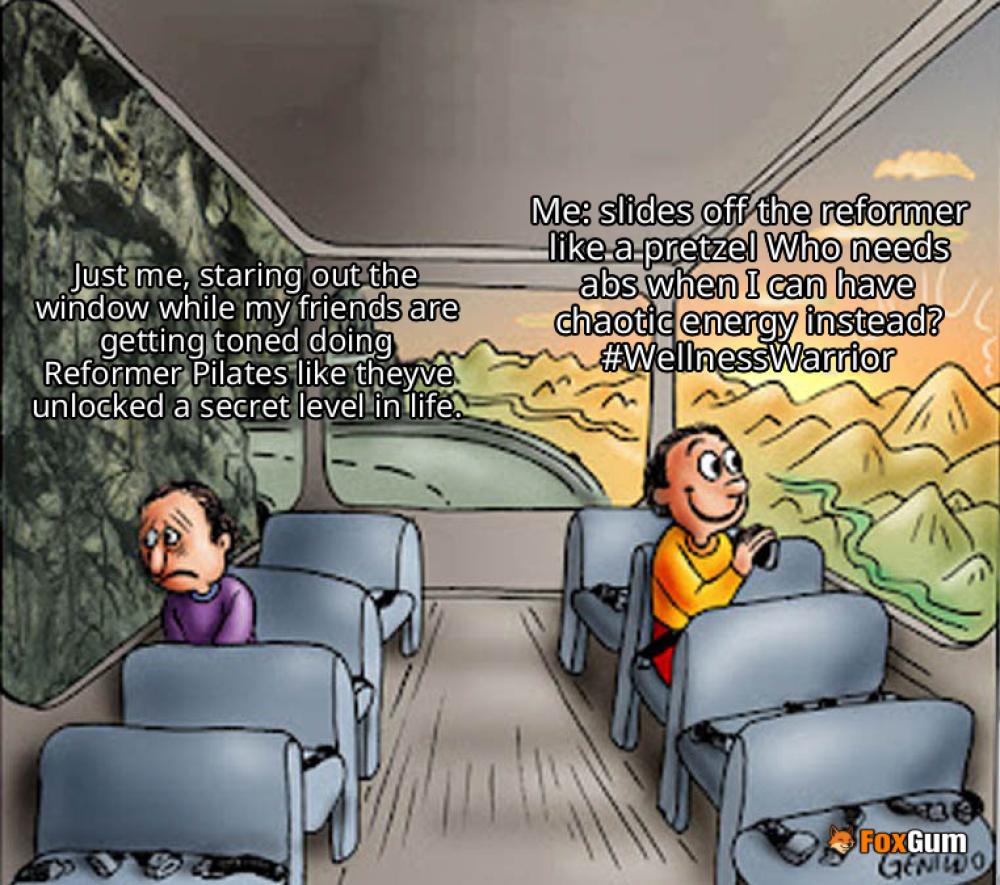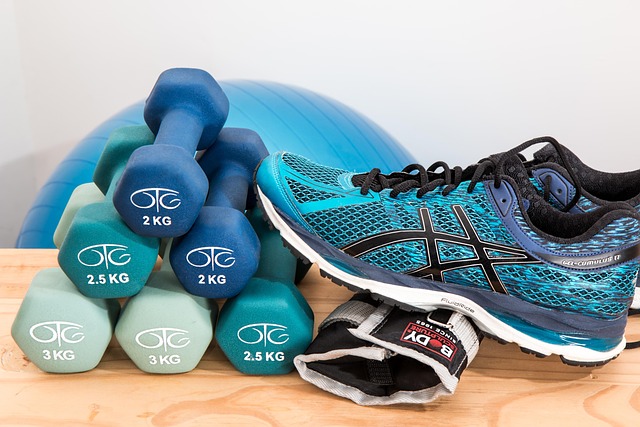
Gear Shifting on Your Road Bike
Gear shifting can be one of the more confusing aspects of riding a road bike, especially for those who are new to cycling. With the right knowledge, however, it can become a seamless part of your riding experience. This guide will help you understand how to effectively use the Shimano Claris R2000 gear system, which features a 2x8 setup. By the end, you should feel more confident in your ability to shift gears and tackle various terrains.
Components of the Gear System
Your Shimano Claris R2000 system consists of two main components: the front derailleur and the rear derailleur. The front derailleur shifts the chain between two gears located near the pedals, while the rear derailleur shifts the chain across eight gears on the rear wheel. Understanding how these components work together is crucial for effective gear shifting.
Shifting Gears: The Basics
When shifting gears, you will primarily use two shifters located on the handlebars:
- Left Shifter: Controls the front derailleur.
- Right Shifter: Controls the rear derailleur.
Each shifter has two functions: a big shift and a little shift. Here’s how they work:
Left Shifter
The left shifter is responsible for moving the chain between the two front gears:
- Left Big Shift: Moves the chain to the larger front gear. This gear is ideal for flat or downhill riding, as it allows for higher speeds but requires more effort to pedal.
- Left Little Shift: Moves the chain to the smaller front gear. This gear is better for climbing hills or when you need to exert less effort while pedaling.
Right Shifter
The right shifter controls the rear gears:
- Right Big Shift: Moves the chain to a larger rear gear, which makes pedaling easier but reduces speed. This is useful for climbing or when you are starting from a stop.
- Right Little Shift: Moves the chain to a smaller rear gear, allowing for higher speeds on flat or downhill sections.
When to Shift Gears
Knowing when to shift gears is essential for maintaining a comfortable and efficient ride. Here are some general guidelines:
- Climbing: Shift to the left little gear (small front) and a larger rear gear to make pedaling easier.
- Flat Terrain: Use the left big gear (large front) with a smaller rear gear for speed.
- Descending: Shift to the left big gear and adjust the rear for optimal speed and control.
Tips for Smooth Shifting
To ensure smooth and effective gear changes, consider the following tips:
- Always shift while pedaling. This helps the chain move more easily between gears.
- Anticipate changes in terrain. Shift gears before you reach a hill or a flat section.
- Avoid cross-chaining, which occurs when using extreme combinations of gears (e.g., large front gear with a large rear gear). This can cause wear on your bike and lead to poor shifting performance.
Conclusion
Understanding how to shift gears on your road bike can greatly enhance your cycling experience. With practice, using the Shimano Claris R2000 system will become second nature, allowing you to focus on enjoying your ride. Remember, shifting gears is not just about changing speed; it’s about finding the right balance for the terrain you are navigating. Happy cycling!

















 Cable Crunches: The Secret to a Stronger Core
Cable Crunches: The Secret to a Stronger Core 
 Health
Health  Fitness
Fitness  Lifestyle
Lifestyle  Tech
Tech  Travel
Travel  Food
Food  Education
Education  Parenting
Parenting  Career & Work
Career & Work  Hobbies
Hobbies  Wellness
Wellness  Beauty
Beauty  Cars
Cars  Art
Art  Science
Science  Culture
Culture  Books
Books  Music
Music  Movies
Movies  Gaming
Gaming  Sports
Sports  Nature
Nature  Home & Garden
Home & Garden  Business & Finance
Business & Finance  Relationships
Relationships  Pets
Pets  Shopping
Shopping  Mindset & Inspiration
Mindset & Inspiration  Environment
Environment  Gadgets
Gadgets  Politics
Politics 